Emergencies - Be prepared
Australian Warning System
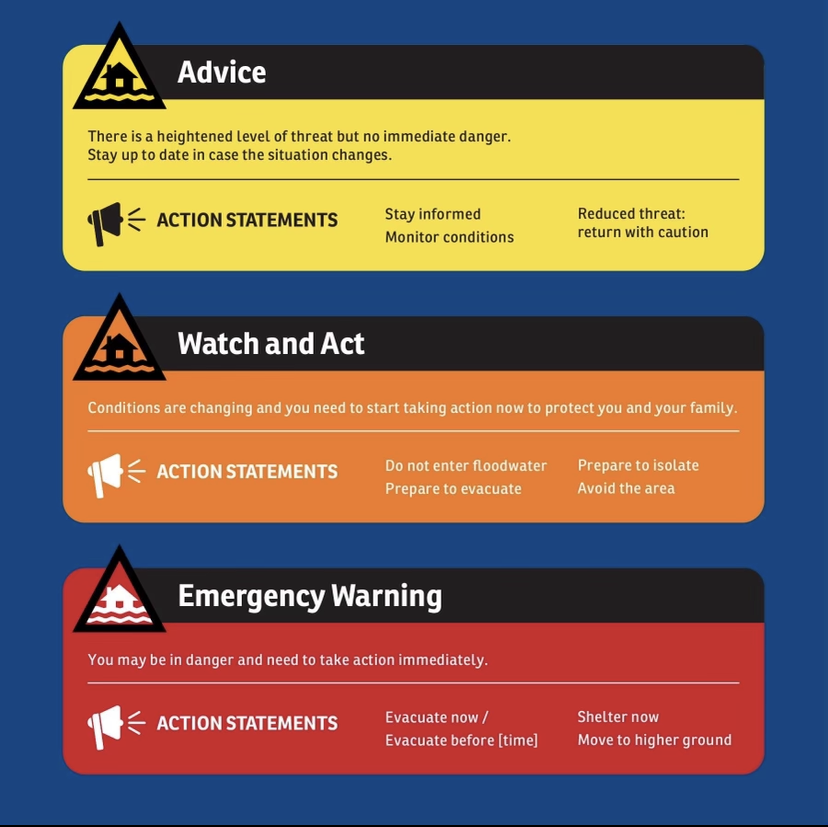
The Australian Warning System is the nation's new approach to disaster warning and management. The new system features a three tiered system; Advice, Watch and Act, Emergency Warning. Each stage comes with clear and concise messaging about what to do in the event of an emergency. To find out more visit australianwarningsystem.com.au
It's important to be prepared in an emergency.
Severe weather can strike at any time and can bring strong winds, heavy rainfall, hail, lightning, flash flooding and dangerous road conditions.
We have put together some information to help you prepare and stay safe.
Tips to get ready
Be and stay informed via these Apps
BOM Weather – Bureau of Meteorology Australia
 Australia's official weather app. Access localised hourly and 7-day forecasts, radar and warnings from Australia's official weather source, the Bureau of Meteorology.
Australia's official weather app. Access localised hourly and 7-day forecasts, radar and warnings from Australia's official weather source, the Bureau of Meteorology.


Emergency+
 In an emergency, time and location accuracy is critical. This app will help you call Triple Zero (000) quickly and provide your GPS-location details to help emergency services locate you.
In an emergency, time and location accuracy is critical. This app will help you call Triple Zero (000) quickly and provide your GPS-location details to help emergency services locate you.


Live Traffic NSW – Transport NSW
 Live updates and news of incidents and conditions that may affect your travel. You can personalise alerts in the app.
Live updates and news of incidents and conditions that may affect your travel. You can personalise alerts in the app.


Get Prepared - Australian Red Cross
 Develop and share your emergency plan - This app helps you save and connect with your key contacts, and support people, accomplish simple tasks to make you and your loved ones safer, and create a personalised emergency plan you can share with others.
Develop and share your emergency plan - This app helps you save and connect with your key contacts, and support people, accomplish simple tasks to make you and your loved ones safer, and create a personalised emergency plan you can share with others.


Hazards Near Me NSW
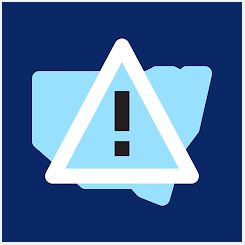 Helps you stay up to date on hazard-related information and warnings in your area.
Helps you stay up to date on hazard-related information and warnings in your area.


MyHazards - Insurance Council of Australia
 Available for Android phones only. Find a summary of potential natural disaster risks in your area. Use this information as a guide to then go and seek out more accurate and detailed information.
Available for Android phones only. Find a summary of potential natural disaster risks in your area. Use this information as a guide to then go and seek out more accurate and detailed information.

First aid - Australian Red Cross
 A ‘pocket-guide’ to first aid and CPR with instructions, images and videos – to help you handle most common emergencies.
A ‘pocket-guide’ to first aid and CPR with instructions, images and videos – to help you handle most common emergencies.


ABC Listen App – Australian Broadcasting Company

This audio streaming app allows you to listen to local programs and emergency broadcasts from any ABC Radio station around Australia.


Be and stay informed via web and social
Some emergency services have websites rather than apps. Don’t forget that you can pin a website to your phone’s home screen for quick access:
- On an iPhone – select ‘Share’ in your browser, then ‘Add to Home Screen’.
- On an Andriod – using a Chrome web browser, select ‘Menu’, then ‘Add to Home Screen’.
You can find more information about different hazards at:
NSW State Emergency Service – Storms, floods and tsunami

NSW SES Website
NSW SES Facebook
NSW SES Marrickville Unit Facebook
ANSW SES - Ashfield-Leichardt Unit Facebook
NSW SES Twitter
NSW Rural Fire Service – Bushfire and rural fire
 NSW RFS Website
NSW RFS Website
NSW RFS Facebook
NSW RFS Twitter
Fire and Rescue NSW – Urban fire and rescue service

Fire and Rescue Website
Fire and Rescue Facebook
Fire and Rescue Twitter
Australian Red Cross – Emergency and disaster support and assistance
 Australian Red Cross Website
Australian Red Cross Website
Australian Red Cross Facebook
Australian Red Cross Twitter
Australian Bureau of Meterology - Weather forecasts, severe weather warnings, observations, floods
 BOM Website
BOM Website
BOM Facebook
BOM Twitter
Tune in to your local radio
In an emergency, the local Australian Broadcasting Corporation (ABC) radio station will broadcast emergency warnings, information and updates.
The local emergency station for Metropolitan Sydney is 702 AM.
Your local radio station may also broadcast information specific to your area, including locations to avoid, road closures and evacuation and recovery information.
Power often goes out during storms so make sure you have a battery-operated radio with spare batteries.
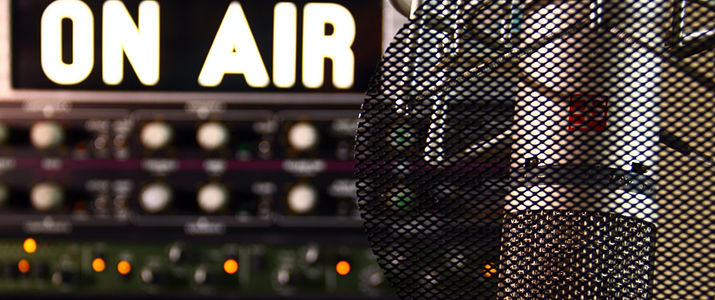
Tie it down
Maintain your balcony and yard.
Secure or put away items that could blow around in strong winds.
Strong winds can pick up even heavy and large items, such as outdoor furniture and trampolines.
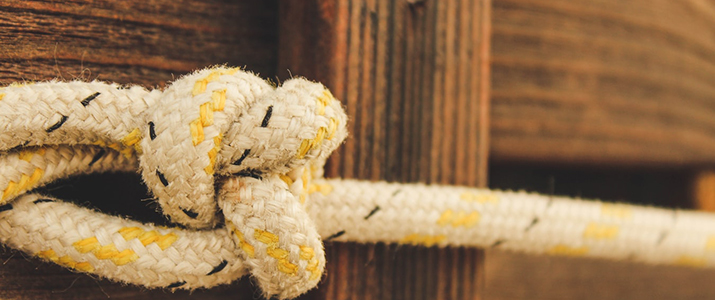
Clear it out
Clear leaves from your gutters, downpipes and drains regularly to prevent blockages.
Blocked gutters can cause water to flow into the roof cavity.
Blocked drains can cause water to pool and enter your property.
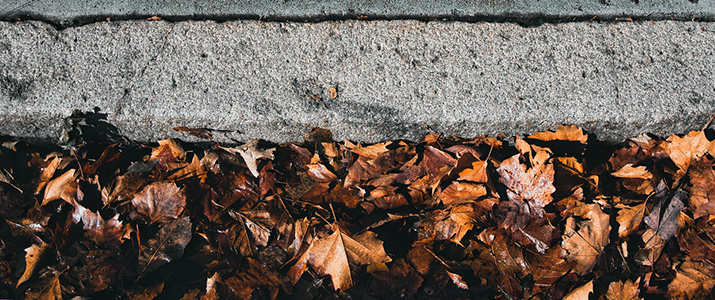
Take the time to trim
Trees and branches falling across the Inner West during storms lead to hundreds of calls for help to the NSW SES Marrickville and Ashfield-Leichhardt Units every year.
Trim trees and branches that could potentially fall on your property, on your home or on the street/foothpath outside.
Check with your Council about any guidelines or required consent applications. Remember, your safety is important so contact a qualified (and insured) arborist or tree surgeon for advice if necessary.
Remember to park your car away from trees if strong winds and severe storms are predicted.
Check and fix your roof
Fix any damage to your roof, including broken or missing tiles.
Your roof should be checked every year (or after major events such as hailstorms) for signs of damage. Working on a roof can be dangerous so we recommend you contact an expert tradesperson if in doubt.
Have your roof inspected by an expert tradesperson every 5-7 years.
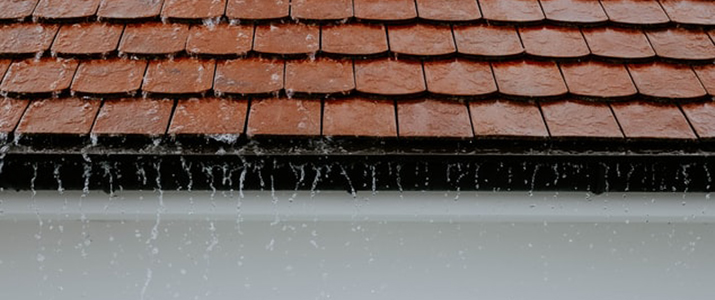
Check your insurance
If insurance is available for your property, make sure it is current and suitable to your situation and risk.
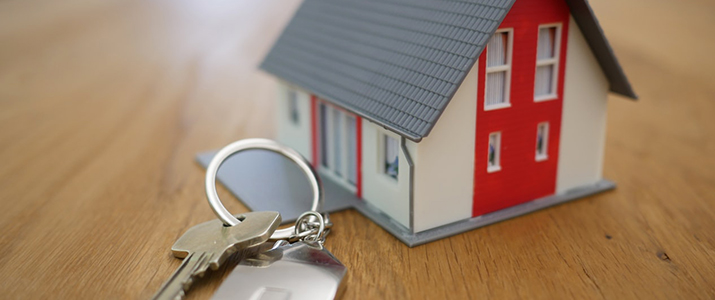
Never ride, drive, walk or play in floodwater
The Inner West is prone to local flash flooding, which can impact property, and key infrastructure, such as sewerage, electricity, roads, public transport and communication systems. Floods are not safe and can kill. Be aware of signs of flooding such as heavy rain and rushing or rising water.
Remember to park away from low lying areas and drains if heavy rainfall is expected.
Understand the risk of flooding to your property and know where to go if your property is affected. You can find out about your local flood risk by visiting Council's webpage on Flooding
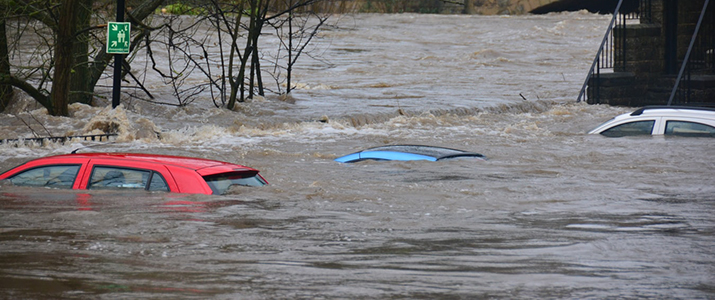
Prepare an emergency kit
Prepare an emergency kit in case you lose power or need to leave your home. Put together a kit with:
- a portable battery powered radio
- torch
- spare batteries
- first aid kit
- candles
- waterproof matches
- important papers
- emergency plans
- emergency contact numbers
- waterproof bag
And don’t forget your pets – make a kit for them too.
Store your kit in an easy-to-access location and check it periodically.
Keep a list of emergency numbers on your phone or nearby.
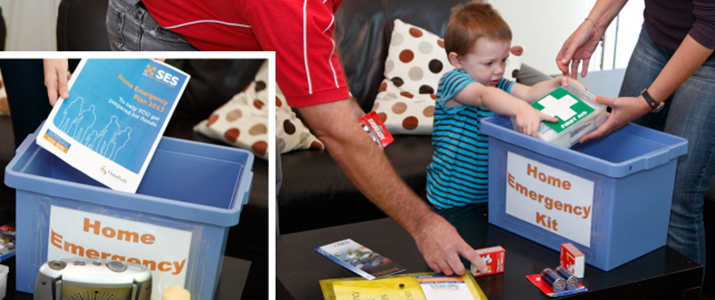
Make a plan
Make a plan for your family that outlines what you would do in an emergency. Pets are part of the family too so make sure you include them in your plan. Share and practice your plan regularly with family, friends and others in your support network.
The NSW SES has an online tool to help you make your home emergency plan
The Red Cross provides a template to write your rediplan
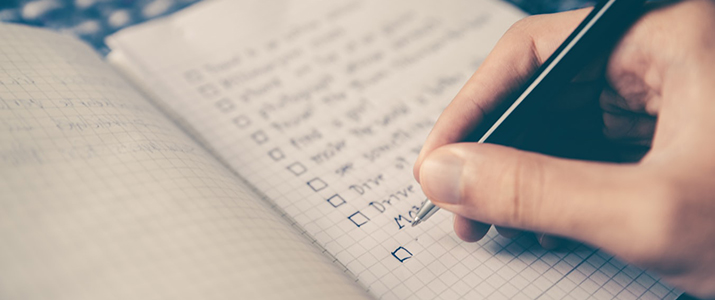
For more information
Find information about:
- preparing your property against storm damage
- local risks
- planning for emergencies
- how to get involved with the SES
at the SES website
For help in an emergency
For emergency assistance in floods and storms call the NSW State Emergency Service (SES) on 132 500.
If the situation is life threatening, immediately call triple zero (000).
Emergency contacts